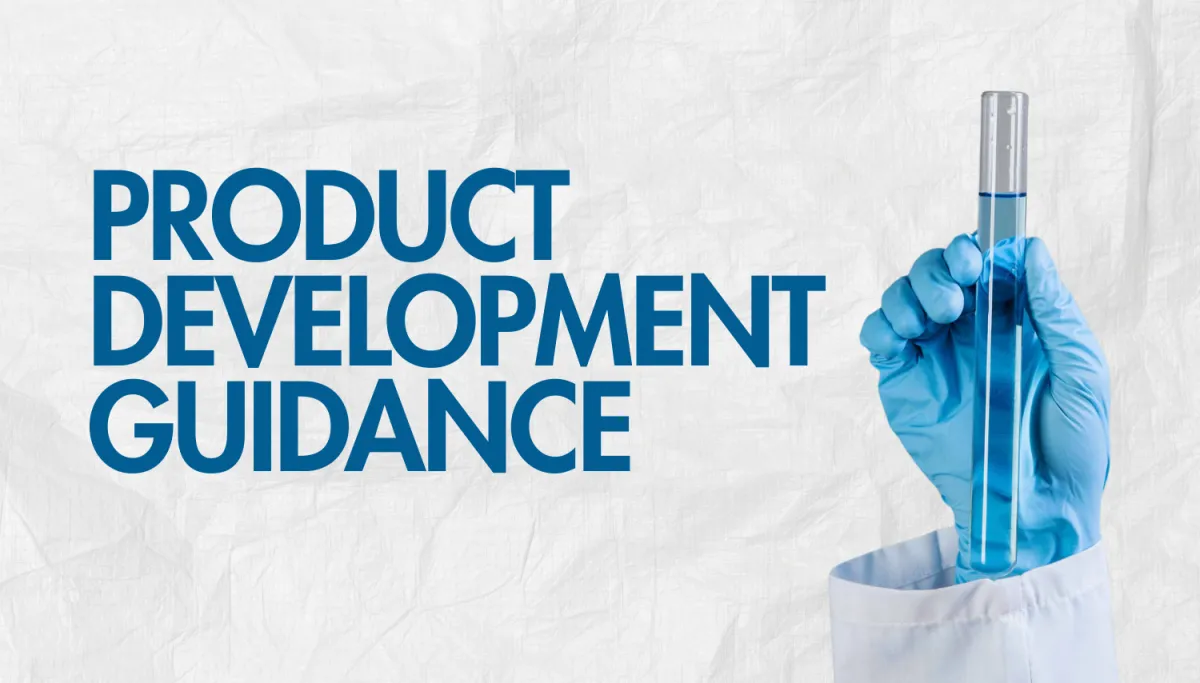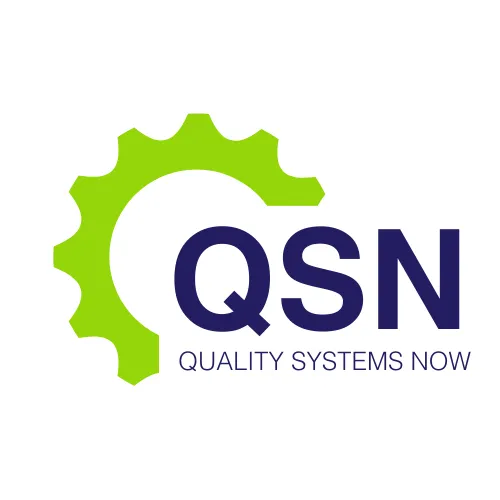LATEST NEWS

Product Development Guidance
Product development in the therapeutic goods, biotechnology, and pharmaceutical industries is a complex, regulated process. Navigating this process requires a methodical, scientifically rigorous approach to ensure not only product efficacy and safety but also compliance with national and international regulatory requirements. Quality Systems Now, as GMP and regulatory compliance specialists, plays a crucial role in guiding manufacturers, testing laboratories, and biotech firms through each stage of product development—from concept through to commercialisation. This article outlines scientifically grounded strategies and considerations for successful product development, with a focus on quality and regulatory alignment.
Understanding Regulatory Frameworks
A foundational step in any product development initiative is understanding the regulatory landscape. In Australia, the Therapeutic Goods Administration (TGA) regulates therapeutic goods under the Therapeutic Goods Act 1989. Internationally, organisations must also consider frameworks such as those from the U.S. Food and Drug Administration (FDA), the European Medicines Agency (EMA), and the World Health Organization (WHO).
These frameworks require that products are safe, efficacious, and manufactured under robust quality systems. Developers must determine early whether their product is a medicine, medical device, biological, or complementary medicine, as this classification dictates the regulatory pathway. Misclassification or delays in determining the correct pathway can have costly implications later in development.
Early-Stage Concept and Feasibility
During the early concept phase, scientific feasibility, clinical need, and market viability must be assessed. This stage should include a preliminary risk assessment, evaluation of available technologies, and the intended use of the product. For biologics and advanced therapies, considerations of sourcing biological material and ethical approvals must also begin early.
A comprehensive Target Product Profile (TPP) should be created. The TPP outlines the desired product characteristics, including route of administration, dosage form, strength, target population, and key quality attributes. This document becomes a living reference throughout development and helps ensure alignment between product design and regulatory expectations.
Quality by Design (QbD)
The Quality by Design (QbD) approach is essential in modern product development. It requires developers to identify critical quality attributes (CQAs) of the product and understand the impact of formulation and process variables on these attributes. By conducting systematic risk assessments, such as Failure Mode and Effects Analysis (FMEA), companies can build robust manufacturing processes with predefined quality outcomes.
QbD also facilitates smoother regulatory submissions by providing a scientific rationale for design choices and process controls. Regulatory agencies increasingly expect evidence that QbD principles have been applied, especially for complex products such as biologics and combination therapies.
Preclinical and Analytical Development
Preclinical studies, including in vitro and in vivo testing, are used to establish the safety profile of a product before human testing. This phase must be meticulously documented and conducted under Good Laboratory Practice (GLP) conditions where required. For therapeutic goods, toxicological, pharmacokinetic, and pharmacodynamic data are critical for advancing to clinical stages.
Parallel to this, analytical methods must be developed and validated to test the identity, strength, purity, and stability of the product. Analytical development is often iterative, requiring method refinement as the formulation evolves. Validation protocols must demonstrate that methods are accurate, precise, specific, robust, and suitable for their intended purpose.
Quality Systems Now assists in designing validation protocols and ensures that all analytical work aligns with ICH guidelines such as Q2(R2) on analytical validation and Q1A(R2) on stability testing.
Clinical Development and GMP Considerations
When progressing to clinical development, products must be manufactured under Good Manufacturing Practice (GMP) conditions, even for investigational use. Clinical trial material must be produced in a licensed facility, and batch records must be comprehensive and compliant.
Before first-in-human studies can proceed, a Clinical Trial Notification (CTN) or Clinical Trial Exemption (CTX) must be submitted to the TGA. A successful submission depends on detailed product information, including formulation, manufacturing methods, quality controls, and safety data.
Ongoing quality control during clinical trials includes batch release testing, stability monitoring, and documentation of deviations and change controls. Each of these must be executed under a quality management system (QMS) that supports audit-readiness and regulatory inspections.
Scale-Up and Process Validation
As the product advances through clinical phases, scale-up activities become necessary. Scaling up from laboratory to pilot to commercial-scale introduces variability that must be identified and controlled. Process validation is a critical component here. It involves demonstrating that the manufacturing process consistently produces a product meeting its predetermined specifications.
There are three stages of process validation:
Process Design
Process Qualification
Continued Process Verification
Each stage requires comprehensive data collection and analysis. Quality Systems Now supports companies in preparing protocols, executing validation batches, and interpreting results to meet TGA and international regulatory expectations.
Regulatory Submission and Product Registration
A successful regulatory submission is built upon thorough, traceable documentation. In Australia, product registration with the TGA requires a detailed dossier submitted through the eCTD format (electronic Common Technical Document). This includes:
Module 1: Regional administrative information
Module 2: Overview and summaries
Module 3: Quality
Module 4: Non-clinical study reports
Module 5: Clinical study reports
Accuracy and consistency across modules are paramount. Discrepancies or unsupported claims can lead to delays or rejections. Expert review of submission content and adherence to guidance documents (e.g., ARGCM, ARGMD, and prescription medicines registration guidelines) is crucial.
Quality Systems Now provides regulatory writing, dossier review, and gap analysis services to support successful market authorisation applications.
Post-Market Obligations
Regulatory compliance does not end at product launch. Post-market surveillance, pharmacovigilance, product recalls, and ongoing GMP compliance are integral to lifecycle management. Any changes to the product, such as manufacturing site transfers or formulation adjustments, must be submitted to regulators under variation procedures.
Companies must also comply with annual reporting requirements, implement CAPA (Corrective and Preventive Action) systems, and conduct regular internal audits. Real-world evidence, quality complaints, and batch deviations must be monitored to ensure continued safety and efficacy.
AI-based tools are increasingly employed for post-market surveillance, including signal detection and adverse event trend analysis. However, human oversight and regulatory expertise remain critical for interpreting complex data and implementing risk mitigations.
Talk to us about Product Development Guidance
Successful product development requires an integrated approach that combines scientific rigour, quality systems, and regulatory foresight. Each stage of development—from concept through to commercialisation—demands detailed planning, robust documentation, and cross-functional collaboration.
Quality Systems Now serves as a trusted partner throughout the product development lifecycle. With deep expertise in GMP and regulatory compliance, we help therapeutic goods manufacturers, laboratories, and biotech firms bring products to market efficiently, safely, and in full compliance with the regulatory landscape. By following a structured, science-driven approach, companies can avoid common pitfalls and ensure long-term product success.
